
Polaris: Christar’s Model for Establishing Churches in Least-Reached Communities
Christar’s goal isn’t just to share the gospel and see people place their faith in Christ: It’s to establish churches in communities where they don’t yet exist. But what does it look like to establish a church rather than merely start one?
Christar teams work to build fellowships led by local believers that can operate and grow without the involvement of cross-cultural workers. We want them to thrive and reproduce long after the Christar team has gone, serving as a lasting, multiplying gospel presence in their immediate contexts and beyond.
There’s no one-size-fits-all approach to accomplish this; however, we’ve found that several key principles help Christar teams establish churches that last in least-reached communities. That’s why we train our workers in a model, known as Polaris, which helps church-planting teams create strategies that fit their ministry contexts. This structure provides a framework that equips teams to evaluate methods, principles and tactics and form an approach in light of the culture and worldview of the people they’re seeking to reach.
Below is an overview of the eight stages in the Polaris model.
Prepare
Before beginning church-planting ministry, Christar workers devote themselves to preparing well for the work ahead. They participate in training programs, build support teams and take time to learn about the people among whom they’ll be serving. They also connect with workers with experience in similar contexts and may visit their future ministry locations to gain ideas for outreach and insights into the culture. All of this lays a foundation for effective church planting and thriving on the field.
Survey – Key Activity: Empathize
During their early years of cross-cultural ministry, Christar workers focus on understanding the local culture and the spiritual realities of the people among whom they’re seeking to plant a church, as well as getting to know their teammates. For many, this is also a time of learning a new language so they can clearly communicate the gospel in their contexts.
All of these efforts are an investment in empathy. Workers first learn about their teammates, building trust, creating a team culture and working together to build a church-planting strategy. In addition, workers grow in empathy as they learn about the community they want to serve, looking for potential connection points that could enable them to engage people with the gospel.
Contact - Key Activity: Engage
As workers grow in their understanding of the local language and culture through the survey stage, they begin seeking “fishing ponds”: places where members of the community gather and where they can connect readily with people in the group they want to reach. They also strategize about ways to intentionally interact with those they meet.
Within these connections, workers look for opportunities to share “spiritual snacks”: talking about God in everyday interactions, sharing stories from the Bible and offering to pray with and for people. Throughout these interactions, they look for individuals and families hungry for truth and invite them into next steps such as considering a question about Jesus or participating in a Bible study.
Proclaim – Key Activity: Enfold
By God’s grace, workers identify spiritually open people and begin enfolding these individuals into their plan for sharing the gospel. For some teams, this plan involves sharing a full gospel presentation early on with those who are spiritually open. Other teams take a longer developmental approach, which devotes more time to exploring Scripture and/or building relationships before sharing about the death, burial and resurrection of Christ—for example, studying the Prophets before presenting Christ as the foretold Savior. Regardless of the approach, teams work together to develop and test their model, refining it into a clear, compelling and complete strategy.
A key part of this stage is bringing least-reached people to micro-decision points—for example, prompting them to interact with an idea related to spiritual matters or asking if they’d like to hear another Bible story or be part of a Bible study. Workers seek to continually invite contacts to take the next step toward Jesus, and ultimately to believe in Him.
Disciple – Key Activity: Establish
By God’s grace, people embrace the gospel. Workers disciple them with the goal of establishing them in their faith and equipping them to serve. As those who believe mature in Christ, they’re able to come alongside others who accept the good news and begin to take on some of the responsibility of discipleship. This takes place both through a plan developed with the local culture in mind and through relationships that help those who believe learn what it means to follow Jesus in day-to-day life.
Gather – Key Activity: Empower
As people believe and grow in faith, workers seek to gather them together and empower them to become a local church. This church may take varying forms, from those that meet in their entirety in a purchased or rented building to those that gather in small groups with central leadership. But regardless of the form, workers consider how they will include key essentials, including Scripture, teaching, prayer, worship, fellowship, giving and outreach, as well as the sacraments of baptism and communion.
Workers also help the gathered believers establish what it means to be a local body of Christ outside of church gatherings. This includes both “inreach” (caring for one another) and outreach (reaching out to those who are not yet part of the church).
Equip – Key Activity: Empower
Once believers have begun to gather, workers seek to establish the church so that it can function, thrive and grow without the involvement of cross-cultural workers. This involves determining a leadership structure, identifying local believers to fill leadership roles and empowering them to serve.
Our workers strive to pass the baton to biblically qualified leaders, typically individuals they have seen come to faith and have discipled. This is a key element in helping the church become independent and preparing it to extend its impact beyond its immediate context. As the team disciples and trains leaders, it seeks to instill within them and the entire fellowship the necessity of expanding its reach to minister among those who don’t yet know the hope of the gospel.
Send – Key Activity: Extend & Exit
A healthy church matures to the point that it produces fruit. So, as they prepare to step away, cross-cultural workers seek to see the local body of Christ extend its reach by reproducing itself within its cultural context as well as sending believers to bear fruit in other cultures, whether in another country or through “near sending” to other people groups within their borders.
During this final stage of the church-establishing process, the team develops an exit plan that defines how and when team members will step away, as well as how they will stay in touch with the established church and what kinds of support they might provide once they are no longer directly involved in the church’s ministry. And then, following the plan, they leave, trusting God to sustain and continue to grow the fellowship of believers that has been established.
To learn more about how Christar establishes churches, read “Built to Last: How Christar Establishes Churches Among the Least-Reached.”










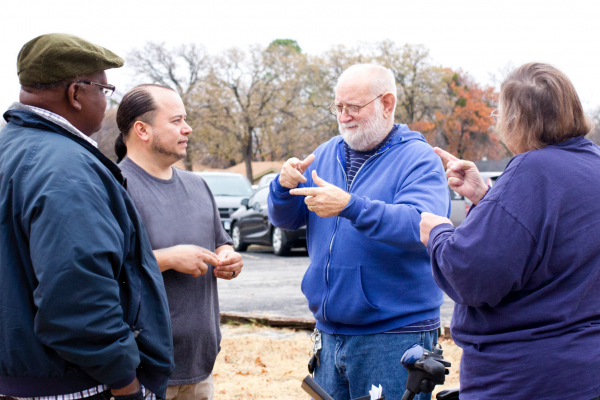


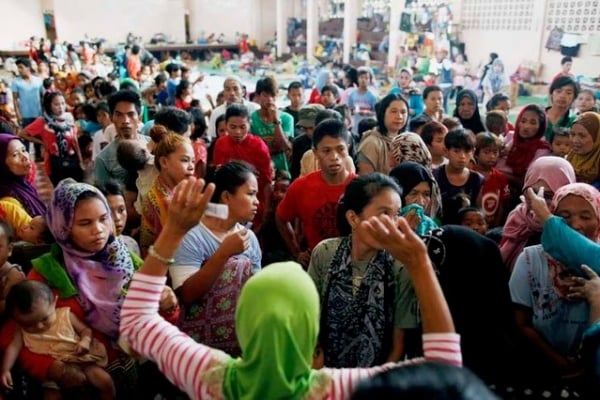
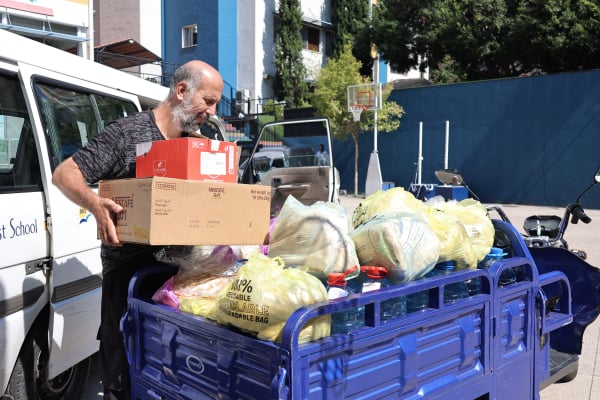
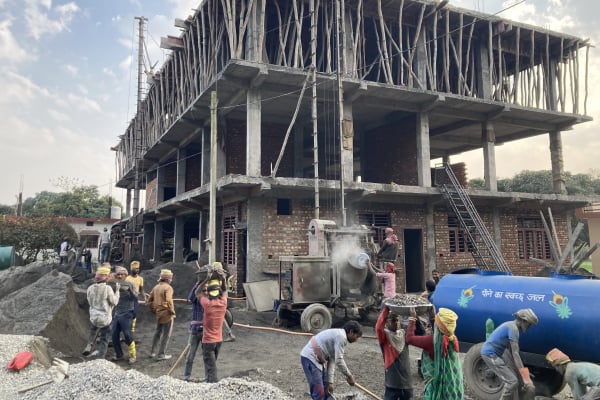


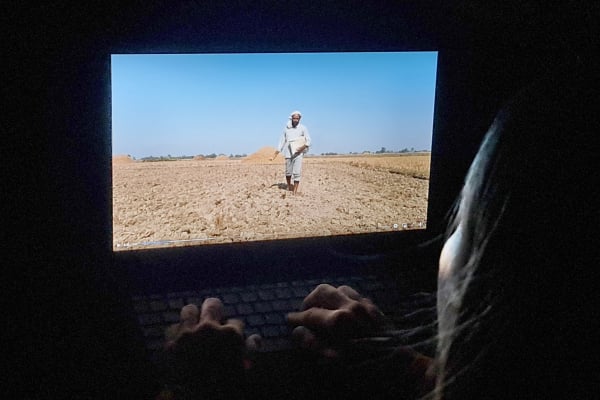






















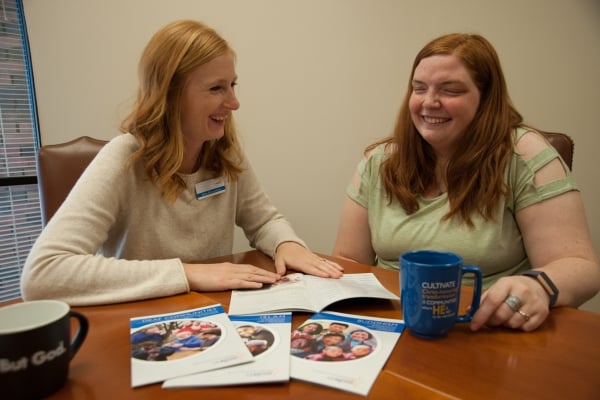


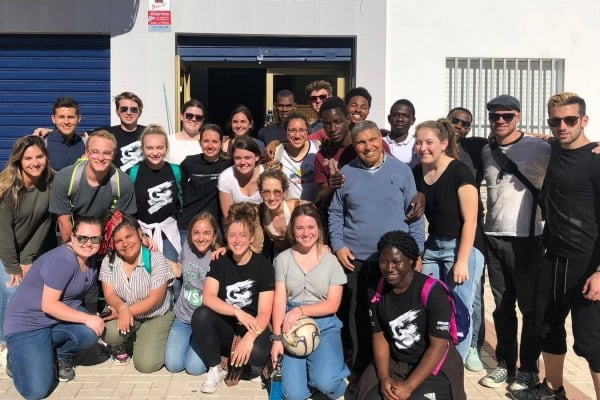








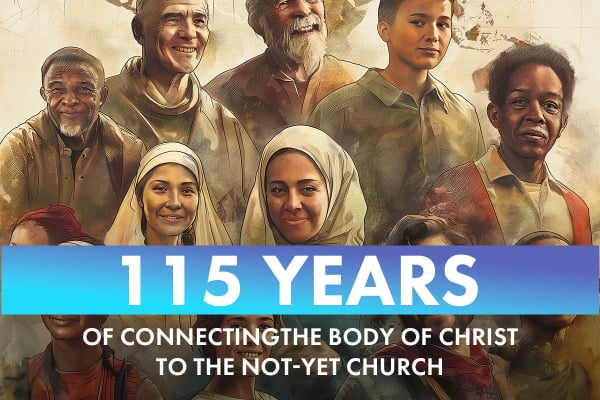
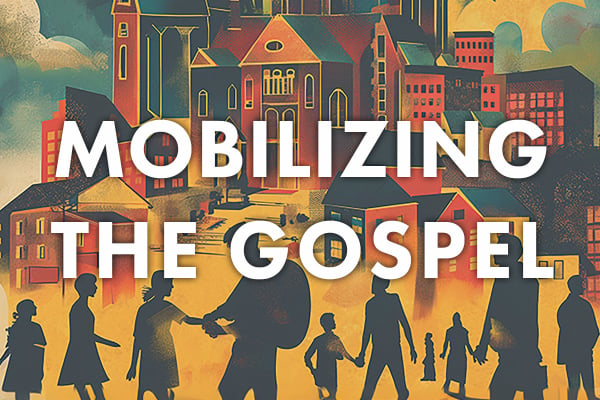

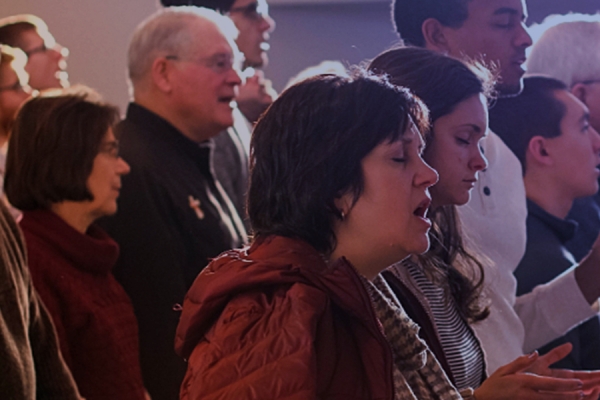
_1654032461_600x400.jpg)






